Elite-Triathleten

Aaron Royle
Australia"My lactate measurements vary. An example might be 5 x 8 minutes threshold and I would take a lactate test after repetition 2 and 4. The advantage of the sensor for lactate, fluid-loss and electrolyte-loss would be real time continuous measurements without having to stop to take a lactate test."
See profile Instagram


Clément Mignon
France"I spend long sessions in lt1 and just with heart rate and power it is not enough. I need the lactate measurement. With the new sensor I could control lactate continuously during 30-40 min climb lt1 sessions, and see the evolution of lactate instead of just 1 measurement before and after."
See profile Instagram
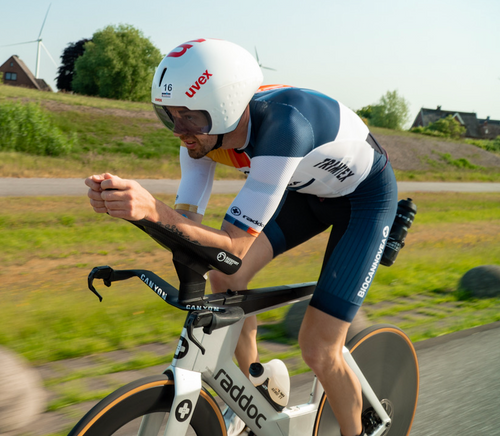
Franz Löschke
Germany"I regularly take lactate measurements in my finger when cycling and running (at least once a week). The new sensor can take training to a whole new level. The home performance diagnostics can provide much more information about the training and you can draw conclusions much quicker. "
See profile Instagram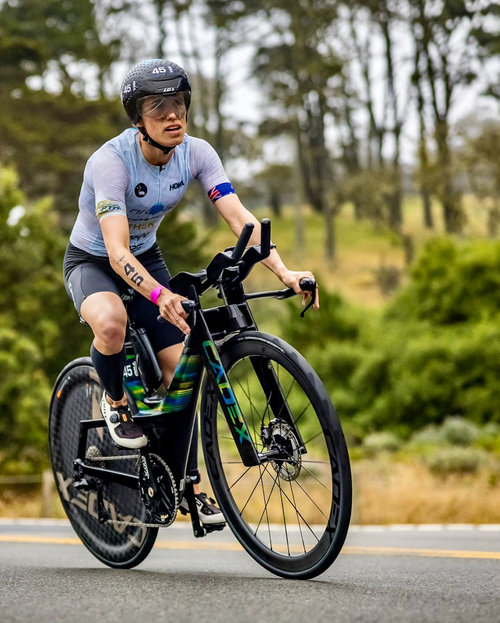
Grace Thek
Australia"As an athlete training independently with remote coaching, I now rely on old lab tests/perceived efforts to guide my training zones. I think the new sensor will allow for a more precise and tailored training program based on real-time, current lactate values with much less fuss than other devices."
See profile Instagram
Jana Uderstadt
Germany"I currently only do lactate measurements with my trainer. I hope to be able to control my training even more precisely with the new sensor. I train by watts when running and cycling, and I also have my heart rate monitored. Lactate values would give me new insights and put data into perspective."
See profile Instagram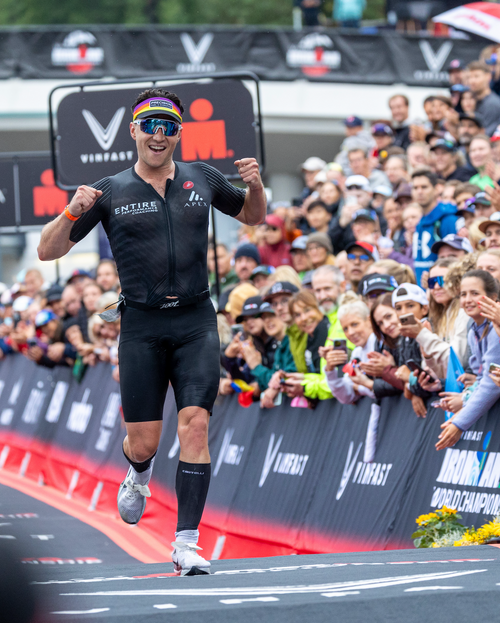
Joshua Lewis
United Kingdom"I use a regular lactic monitor to measure my intensity, usually during lactic threshold 1 and LT2 sessions. This is inconvenient, invasive (literally drawing blood) and can disrupt a session. And I can only take one or two readings per session. The new sensor would make a massive difference."
See profile Instagram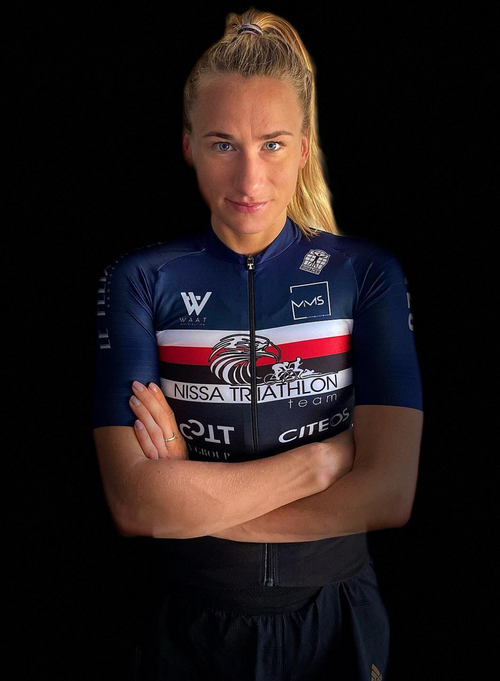
Justine Guerard
France"I've done lactate tests with my trainer o fine-tune my training zones for cycling and running. The sensor for lactate, fluid-loss and electrolyte-loss could allow me to see if there's a change in my training zones and to make comparisons. It's an additional tool that I find quite effective!"
See profile Instagram
Kacper Stępniak
Poland"I use 10-15 lactate strips per week. The biggest benefit is that with the normal lactate meter you never know when to measure the lactate exactly, but with the new sensor, measurements are continuous. Another big benefit is that with the new sensor I can really rest between intervals."
See profile Instagram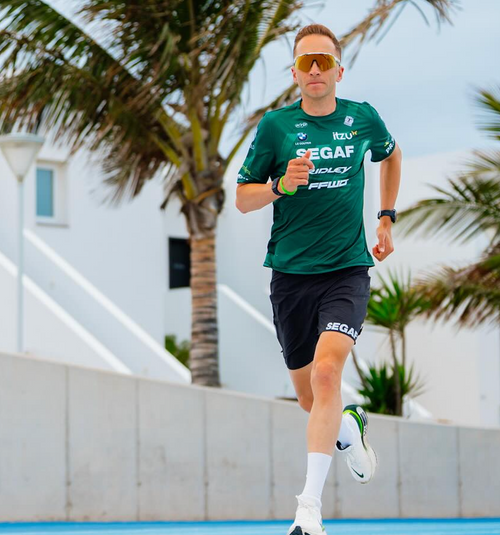
Kenneth Vandendriessche
Belgium"We test lactate about every 3 months in my coach's sports lab. I expect the sensor for lactate, fluid-loss and electrolyte-loss to allow me to train in a more focused way and thus stay in the perfect zone. "
See profile Instagram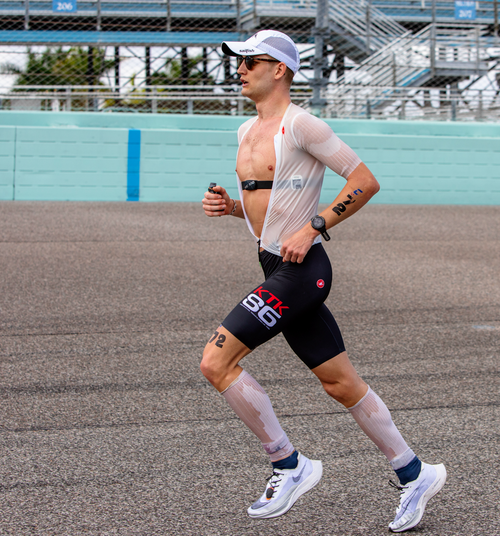
Kristoffer Visti Graae
Denmark"I use lactate frequently in training. I use about 5-10 lactate strips a week at the moment. Instead of just a momentary snapshot I hope to be able to follow a trend with the sensor and sample more data over more training sessions. The new sensor sounds super interesting and would be a game changer!"
See profile Instagram
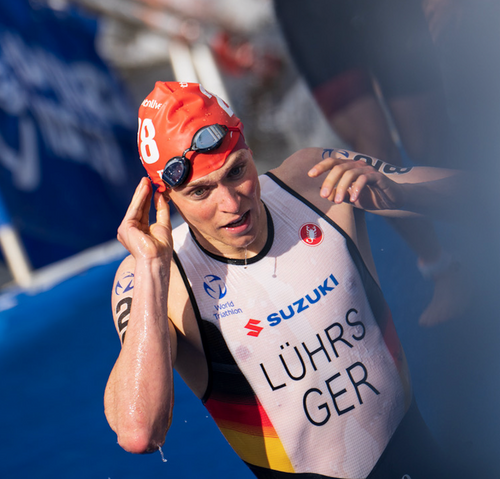
Lasse Lührs
Germany"I mainly use lactate measurement for threshold and zone 2 training, approx. 20-40 measurements per week. The sensor for lactate, fluid/electrolyte-loss makes sure that the training session is not interrupted. You have data at all times during the session and the measurements are not just isolated."
See profile Instagram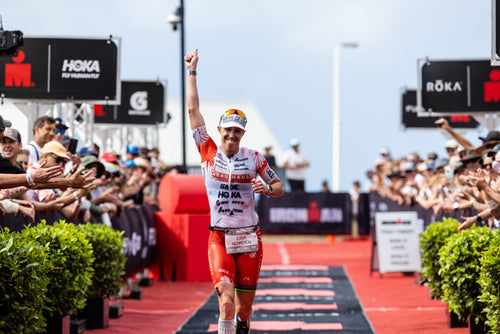
Lisa Nordén
Sweden"The sensor for lactate, fluid-loss and electrolyte-loss certainly sounds like a super interesting development for easier monitoring “at home” (as in not in a lab). For athletes like me who don’t have a big team around me but operate on a small budget it would be a game changer."
See profile Instagram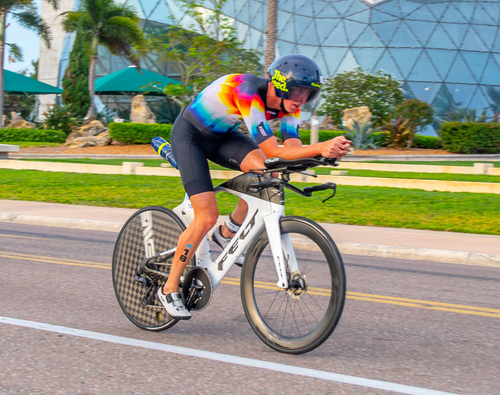
Marc Dubrick
USA"Currently, we are monitoring my thresholds based on perceived effort and race data. My coach (mainly remote coaching) and I have always wanted to incorporate lactate into my training. We believe the new sensor can make lactate measurements more feasible and it will eliminate any guesswork."
See profile Instagram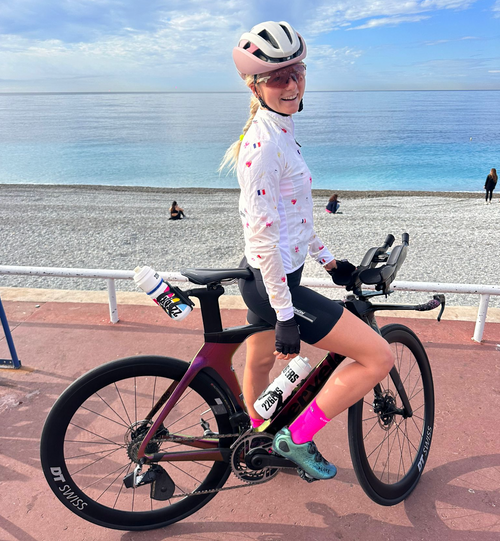
Marjolaine Pierré
France"I do lactate testing on my own but it’s not the best method; you need to stop, open the pocket and start the process. I think the sensor is really nice to measure lactate especially for lt1 and lt2. I can see exactly the best speed/power to work with, thanks to data of the new sensor each 1 minute."
See profile Instagram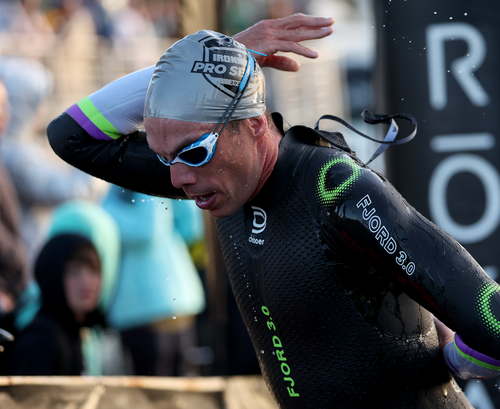
Martin Ulloa
Chili"I am currently using lactate (self measurement) for my threshold sessions in running and cycling so 2 to 3 times a week. I think thesensor for lactate, fluid-loss and electrolyte-loss looks great because it isn't invasive. I already use a heart rate monitor, so nothing would change in that respect. "
See profile Instagram
Mattia Ceccarelli
Italy"I usually test lactate during race pace training. Mostly myself, or my coach , when he is present. I really think this new sensor will be the new gold standard in training. It will be really useful during race pace, threshold and under threshold sessions, to be sure to work in the right zone."
See profile Instagram
Maximilian Sperl
Germany"I currently use lactate measurements about 3-4 times a week, especially during threshold training. I measure around 5-8 times during these sessions. My trainer isn't always on site for all sessions, so I take most of the measurements myself."
See profile Instagram
Menno Koolhaas
Netherlands"I currently do lactate testing at least once a week, usually at threshold workouts. My expectation of the real time sensor is that you can see which lactate curve you are in. And that you simply don't have to stop in the middle of your training to take lactate readings."
See profile Instagram
Olaf van den Bergh
Netherlands"I now measure with a portable lactate meter. The problem is that a bit of sweat in the sample already produces totally different values. It is also time-consuming and I only have a single value. Such a CLM sensor will shake up the established training ways and will be the future of sport-training."
See profile Instagram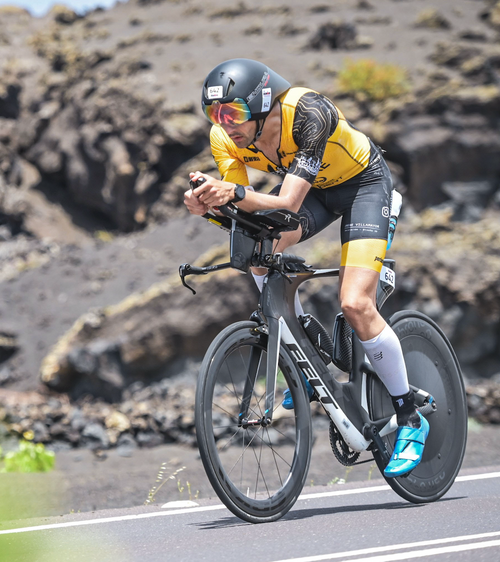
Pablo Donaire
Spain"I am a Spanish triathlete who has qualified for the IM 70.3 in Taupo. I want to maximize my performance. I have made many lactate tests with portable meters, so I know how to train with these measures and my training zones are fixed based on them. The new sensor would give me much more data."
See profile Instagram

Ruth Astle
United Kingdom"I have done lactate testing in a lab in January and May. I hope the new sensor gives more data without lab tests. Given how quickly lactate levels can change it would be amazing to check that power/hr is correlating as we expect to increased fitness through lactate measures of the new sensor."
See profile Instagram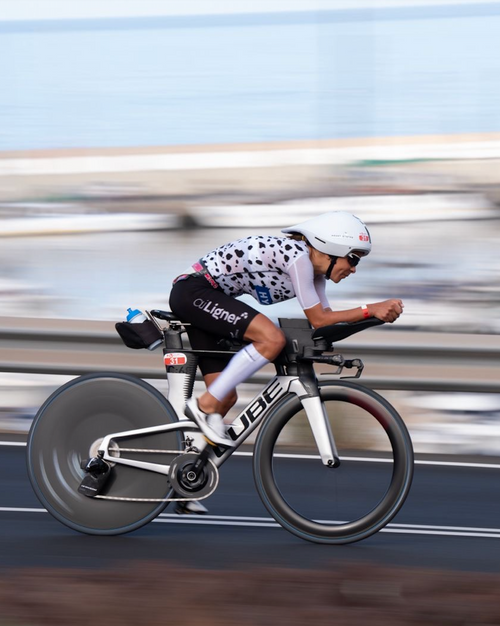
Svenja Thoes
Switzerland"I take several lactate measurements a week during Zone 3 & 4 training sessions. I'm looking forward to using the sensor for lactate, fluid-loss and electrolyte-loss in training. Real-time data without having to pause to measure myself, sounds like a game changer."
See profile Instagram
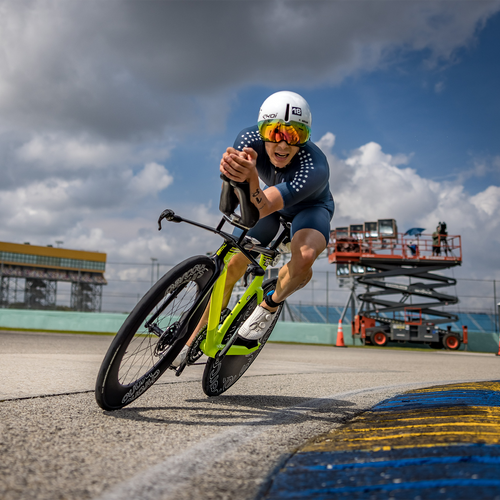
Youri Keulen
Netherlands"I measure lactate in 4 workouts a week where I prick myself. With the sensor for lactate, fluid-loss and electrolyte-loss the fiddling with the needle and the strips is no longer there. The biggest advantage is real life measurements with progression ín the block and not just after."
See profile Instagram